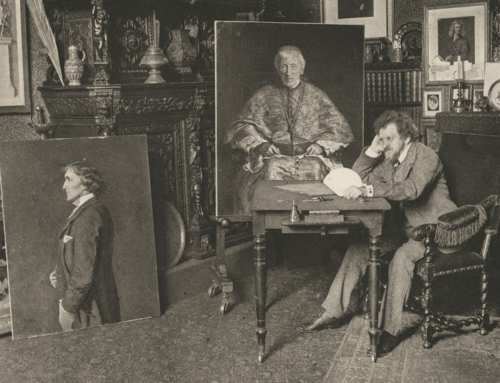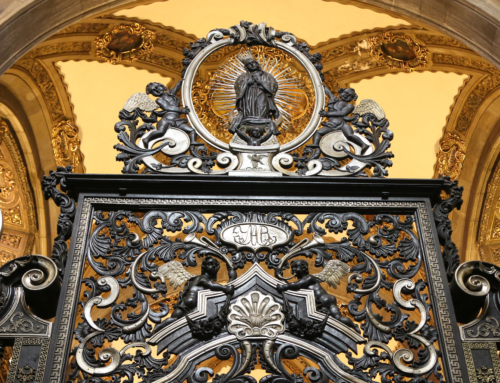“Jesus Christ was recklessly charitable,” a wise friar told me after hundreds of people lined up to use the restroom at a Dominican priory.
There were not enough restrooms set up for the Women’s March that took place in Washington, DC, the day after the presidential inauguration. I found this out while visiting the Dominican priory on the southern side of the National Mall, where I saw many people from the March looking around for a restroom. Observing the desperation of those outside, some friars kindly offered to let a dozen marchers use the public restrooms in the priory. But, unexpectedly, hundreds of people quickly formed a line seeking relief.
While I was interested in helping those in need, this small act of mercy became a source of anxiety. Not only was a large crowd descending on the priory, but with the people came many disagreeable signs, shirts, and hats, some of which had messages that were anti-Catholic, pro-abortion, vulgar, or even pornographic. Nevertheless, those carrying or wearing these things had the courtesy to cover them up. The fervor that may have animated the large crowd did not go so deep as to make people oblivious or rude to flesh-and-blood humans.
Moreover, I also realized that there was a diversity of concerns that brought many out to the March. Some marchers simply did not want to see their daughters grow up in a world that would objectify them and otherwise mistreat them. And this was not the only common ground that I was able to find while speaking with a variety of marchers over a couple hours. While many admittedly were on the opposite side of the Church’s teaching on abortion, I was able to engage in discussions of the Church’s teachings on the dignity of women, of laborers, and of the poor, as well as the importance of the environment.
Surprisingly, a few marchers spontaneously started collecting money for the church. It started with their passing around a hat. (I was told not to look at the text on the front, and I didn’t.) Over the course of about two hours hundreds of dollars were donated to the church without any prompting by the friars.
Many were also fascinated by religious life and the habit we wear. The peculiar situation of some people wearing “Get your rosaries off my ovaries” next to men actually wearing rosaries on their belts did not stop many from inquiring into what brings us to live lives dedicated to Christ.
Since I had a captive audience, I also figured I would speak with them about the saint whose feast day it was—incredibly fittingly, Saint Agnes. Saint Agnes was a 12-year-old girl who died as a martyr after she refused to marry a Roman man because she was already spiritually espoused to Jesus Christ. The story of a young girl resisting the Roman authorities seemed to capture the hearts of a few (one woman said she got “the chills” when hearing Saint Agnes’s story). Perhaps all did not immediately appreciate the centrality of the grace of Jesus Christ, but, nonetheless, some may have begun to consider the Gospel in a deeper way.
This experience, while admittedly very odd and sometimes uncomfortable, left me with the impression that despite differences, many people have a sense of courtesy and generosity that exceeds what inflammatory news reports would lead us to believe. Additionally, we can often find common ground on many issues when we take the time to speak with others.
Perhaps I am overly optimistic, given that all of this happened just because people needed to use the restroom, but the power of the Gospel and the saints really can reach far.
✠
Image: Capitol Plaza (CC BY-SA 3.0 by Wikimedia user)







